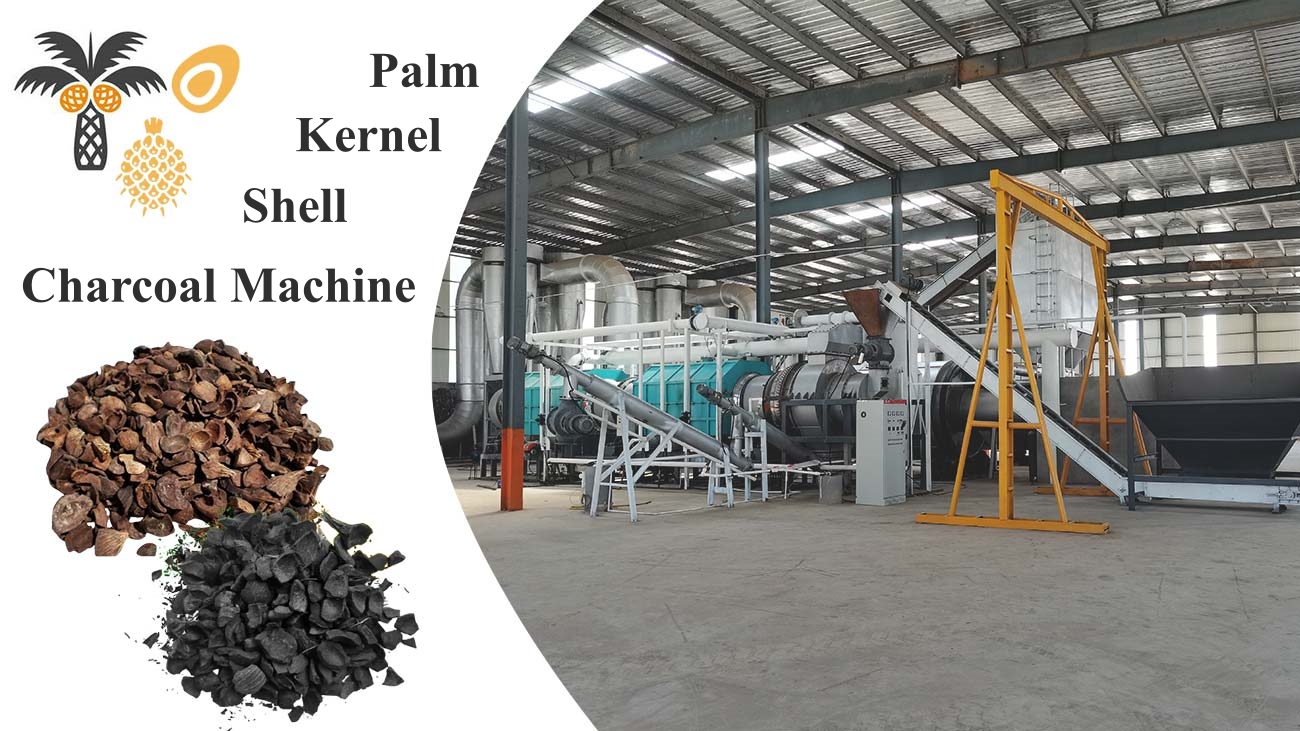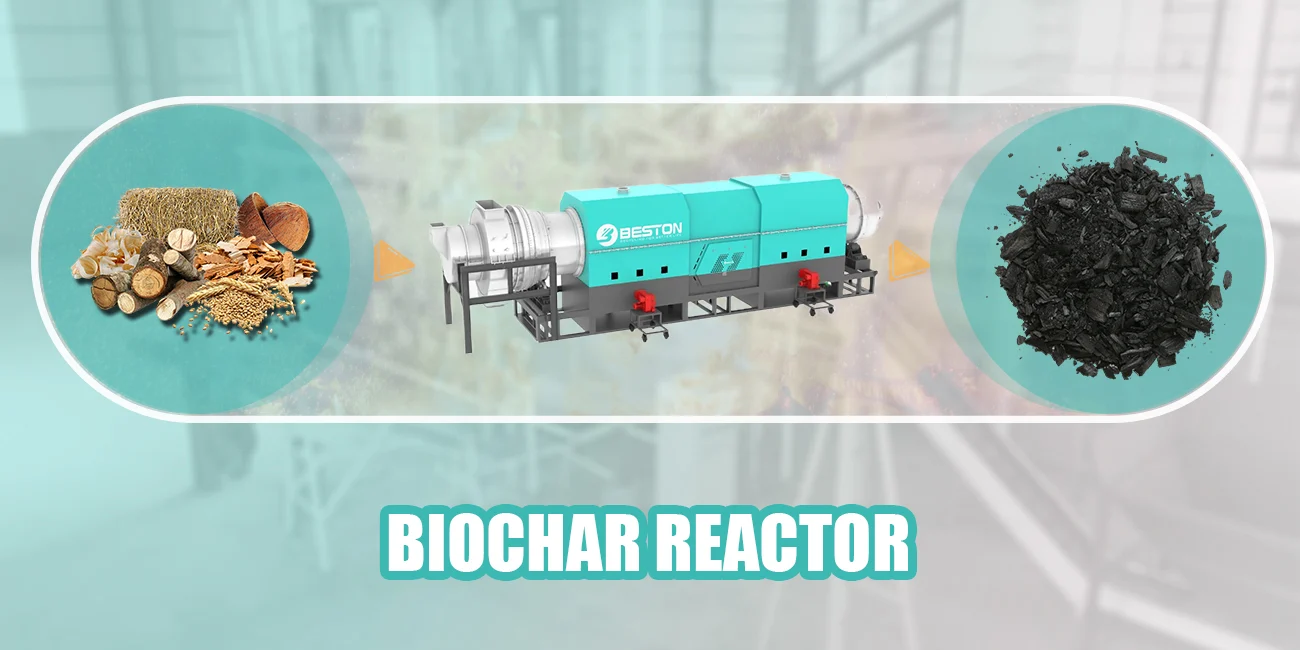Beston Group is a globally recognized leader in sustainable waste recycling and resource recovery solutions. With a strong commitment to environmental protection and circular economy principles, the company specializes in developing and manufacturing innovative pyrolysis plants, biochar production equipment, and pulp molding machines. Beston Group’s state-of-the-art technology enables businesses and communities to convert waste into valuable resources, reducing pollution and promoting sustainable development.

Brand Name and Website
Beston Group is a trusted name in the waste recycling industry, known for its high-quality, efficient, and eco-friendly solutions. The company operates through its official website, https://bestonpyrolysisplant.com/, where customers can explore its products, latest innovations, and industry insights.
Main Business Areas
Beston Group focuses on three major business segments:
- Pyrolysis Plants
Beston provides cutting-edge pyrolysis technology to convert waste materials such as plastics, tires, and oil sludge into useful products like fuel oil, carbon black, and syngas.
The company offers batch, semi-continuous, and fully continuous pyrolysis plants, catering to different business scales and operational needs.

2. Biochar Production Equipment
Beston’s biomass pyrolysis machine transform agricultural waste, wood chips, coconut shells, and other biomass materials into biochar, a valuable product for soil improvement and carbon sequestration.
These machines help businesses reduce plastic waste and align with global sustainability trends.

Why Choose Beston Group?
1. Advanced Technology and Innovation
Beston Group continuously invests in research and development to enhance the efficiency, safety, and environmental performance of its machines. The company’s advanced automation, emission control, and energy-saving features make its equipment highly competitive in the global market.
2. Global Market Presence
With a customer base spanning more than 100 countries, Beston Group has established a strong international reputation. The company has successfully delivered waste recycling solutions to clients in Southeast Asia, Europe, Africa, the Middle East, and the Americas.
3. High-Quality Manufacturing Standards
Beston Group ensures superior design, engineering, and production quality in every machine. Its manufacturing facilities adhere to strict quality control standards, ensuring long-lasting and reliable equipment.
4. Comprehensive Customer Support
The company offers end-to-end services, including consultation, installation, training, and after-sales support. Beston’s professional team provides customized solutions to meet the unique needs of each client.
5. Strong Commitment to Sustainability
Beston Group aligns its mission with global environmental goals, helping businesses reduce waste, lower carbon footprints, and contribute to a circular economy. By choosing Beston’s technology, industries and governments can promote zero-waste solutions and sustainable resource management.
Conclusion
Beston Group is at the forefront of sustainable waste recycling innovation, offering high-quality tyre/oil sludge/plastic pyrolysis plant, and biochar production machines. With a strong global presence, commitment to technological advancement, and dedication to environmental sustainability, Beston continues to drive the transition towards a greener future.
To learn more about Beston Group’s solutions and how they can benefit your business.
















